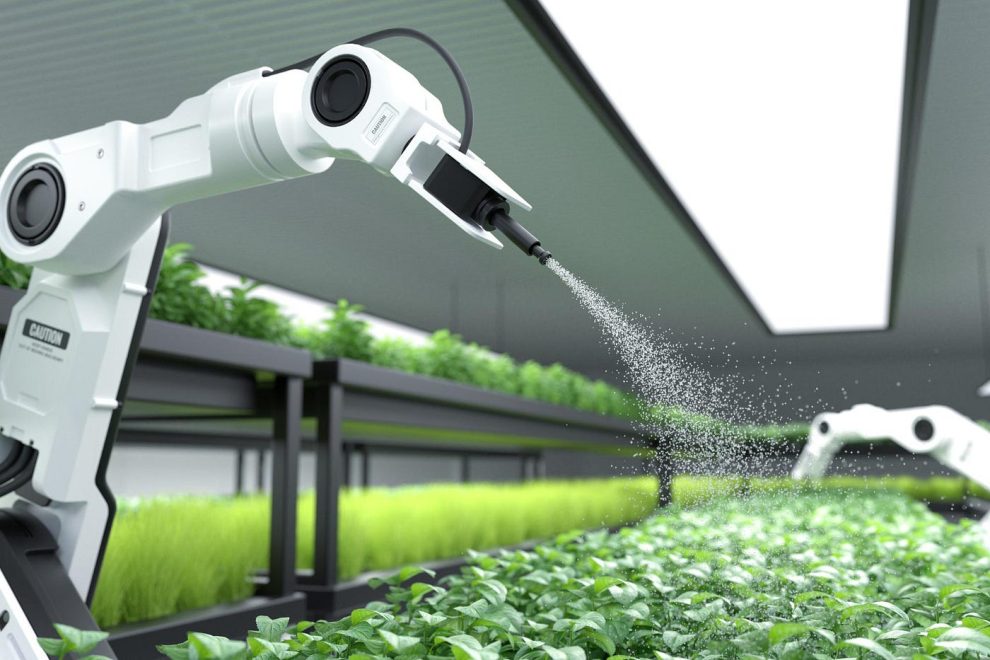The vast fields of developing nations hold immense potential for agricultural growth. Yet, challenges like limited resources, information gaps, and volatile markets keep smallholder farmers struggling. Enter AI assistants, promising a revolution in agricultural practices through personalized advice, data-driven insights, and improved market access.
But can these technology marvels truly translate into financial sustainability for farmers in low- and middle-income countries (LMICs)? This crucial question demands deeper investigation.
A Landscape of Hope and Hurdles
The potential benefits of 18assistants for farmers are undeniable. Imagine a voice-activated tool offering real-time weather forecasts, suggesting optimal crop varieties based on soil analysis, and connecting farmers directly with buyers, all in their native language and accessible through a simple mobile phone. Such technologies hold the promise of:
- Increased yields and efficiency: AI can recommend optimal planting times, irrigation schedules, and fertilizer use, maximizing outputs and resource utilization.
- Reduced risk and improved decision-making: Timely disease and pest alerts, coupled with personalized advice, can mitigate losses and enable proactive solutions.
- Enhanced market access and fair pricing: AI-powered platforms can connect farmers directly to buyers, offering better prices and eliminating exploitative middlemen.
- Financial inclusion and empowerment: Integrated microfinance options with AI assistants can facilitate access to credit, insurance, and other financial services.
However, translating this potential into reality faces several hurdles:
- Digital divide: Limited access to smartphones, internet connectivity, and digital literacy remains a significant barrier in many LMICs.
- Language barriers: AI assistants need to be available in local languages to effectively serve diverse populations.
- Data challenges: Lack of historical data and infrastructure for data collection can limit the accuracy and effectiveness of AI recommendations.
- Affordability: The cost of developing, maintaining, and delivering AI solutions needs to be carefully considered to ensure affordability for smallholder farmers.
- Privacy concerns: Data security and privacy protection are crucial, especially in contexts with weak regulatory frameworks.
Assessing Financial Sustainability
For AI assistants to be truly sustainable, they must not only deliver value to farmers but also generate sufficient revenue to cover their development, deployment, and maintenance costs. Several potential revenue models exist:
- Subscription fees: A tiered subscription model based on features and data usage could offer flexibility for farmers with varying needs and income levels.
- Transaction fees: Facilitating market connections and transactions could generate fees from buyers and sellers.
- Partnerships: Collaborations with agribusinesses, NGOs, and governments could share costs and ensure wider reach.
- Data-driven services: Aggregated anonymized data could be offered to agribusinesses or research institutions for insights and analysis.
However, each model comes with its own challenges. Subscription fees might be unaffordable for some farmers, transaction fees may require significant market penetration, and data-driven services raise ethical concerns regarding data ownership and privacy.
The Path Forward
The journey towards financially sustainable AI assistants for farmers in developing countries requires a multi-pronged approach:
- Focus on user needs and affordability: Design solutions that address critical information gaps and offer value at a price point accessible to smallholder farmers.
- Public-private partnerships: Collaboration between governments, NGOs, tech companies, and agricultural stakeholders is crucial for funding, infrastructure development, and capacity building.
- Localized solutions: Develop AI assistants tailored to specific regions, languages, and agricultural practices for optimal relevance and adoption.
- Building trust and transparency: Address privacy concerns with clear data ownership policies and secure platforms.
- Continual evaluation and adaptation: Regularly assess the impact and financial sustainability of AI solutions, iterating and adapting based on user feedback and changing market dynamics.
Conclusion
While challenges exist, the potential benefits of AI assistants for farmers in developing countries are too significant to ignore. By focusing on user needs, affordability, partnerships, and continuous adaptation, these technological marvels can evolve into financially sustainable tools, empowering smallholder farmers and unlocking agricultural growth in LMICs.
Remember, it’s not just about technology, but about creating a supportive ecosystem that enables farmers to thrive in the digital age.
















Add Comment